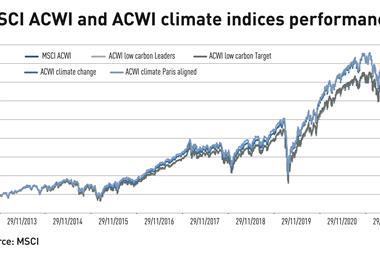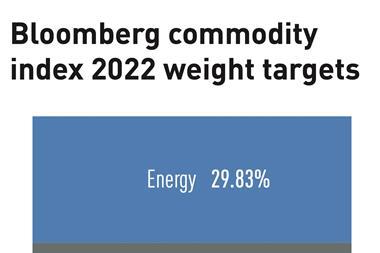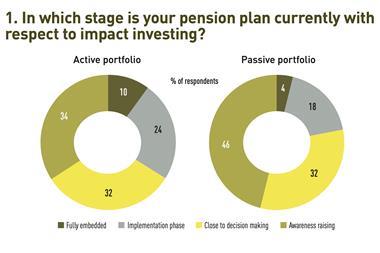MSCI is recommending pension funds and other asset owners gain a ”good understanding of climate science” following the launch of a new guide to help investors align their portfolios with the goal of a net zero economy.
Institutional investors face a number of hurdles when incorporating climate change action into their investing, according to Sylvain Vanston, executive director, climate investment research at MSCI.
“The first difficulty is building a business case for developing an overarching climate or net zero ambition, and getting it approved by all concerned, including top management, CIOs, and portfolio managers,” Vanston told IPE. “This requires a good understanding of climate science, as well as the necessity to shift portfolios towards a low carbon economy.”
He said that another hurdle is understanding how metrics such as WACI (weighted average carbon intensity) and ITR (implied temperature rise) work, what they mean, and what their limitations are, in order to measure the state of play and be able to set targets.
In addition, regulatory requirements are becoming complex but cannot be overlooked.
Vanston told IPE: “These hurdles are genuine, relevant, and not simple to overcome. They require an effort in terms of management attention, as well as deploying new tools and policies, tracking new metrics, and sometimes implementing new investment constraints. These hurdles can dissuade well-intentioned investors from beginning to act.”
Implementing Net-Zero: A Guide for Asset Owners aims to provide a roadmap by referencing both climate science and the frameworks designed to enable asset owners to put their climate ambition into practice.
The guide is based on a seven-step checklist for asset owners engaging in net zero investing:
- Brief yourself on the basics – including what net zero investing means, why asset owners are responsible for the greenhouse gas emissions of their investments, and how they can drive decarbonisation;
- Assess your portfolio’s carbon footprint – measure your financed emissions and untangle corporate climate pledges;
- Set portfolio-wide net-zero targets – targets for Scope 1 and 2 emissions for your holdings, with targets for Scope 3 emissions wherever possible, that align with the overall goal of reaching net-zero emissions by 2050. Also includes targets for impact investments and engagement;
- Align your portfolio with your climate target – decide on an approach for constructing your net-zero-aligned portfolio, and transition to an investment policy benchmark aligning with your climate target;
- Make climate change part of risk management – understand the drivers of climate risk in financial portfolios, use scenario analysis to inform understanding of climate risk and monitor your portfolio’s exposure to carbon-intensive assets;
- Use engagement, proxy voting, divestment and policy advocacy to spur reductions in emissions – define your engagement strategy and identify companies for engagement, use proxy voting and develop guidelines to inform decisions on whether to divest where engagement fails;
- Commit to climate-related financial reporting – use the Task Force on Climate-related Financial Disclosures (TCFD) reporting framework and report the key information the TCFD recommends for each of its pillars.
The guide also says asset owners are better off not making this journey on their own. “Instead, they can come closer to like-minded peers in order to work on common solutions and combine forces,” said Vanston. “There are numerous organisations they can look towards for guidance.” (See box)
The alphabet soup of climate change action
Organisations giving guidance, and how they can help
CA100+ (Climate Action 100+): Engagement
GFANZ (Glasgow Financial Alliance for Net Zero): Defining market standards
NZAOA (Net-Zero Asset Owner Alliance): Target setting
PCAF (Partnership for Carbon Accounting Financials): Carbon accounting
SBTi (Science-based Targets Initiative): Net-zero frameworks
TCFD (Task Force on Climate-Related Disclosures): Reporting frameworks























No comments yet